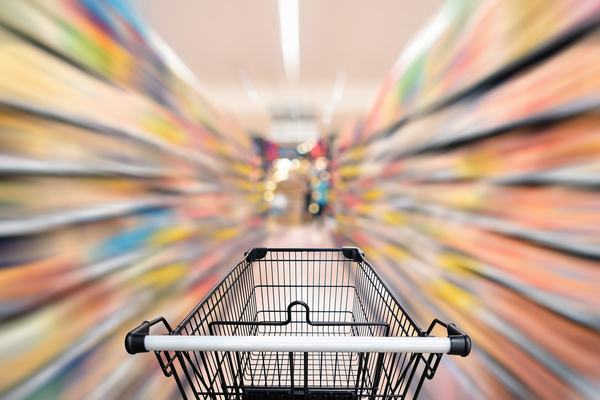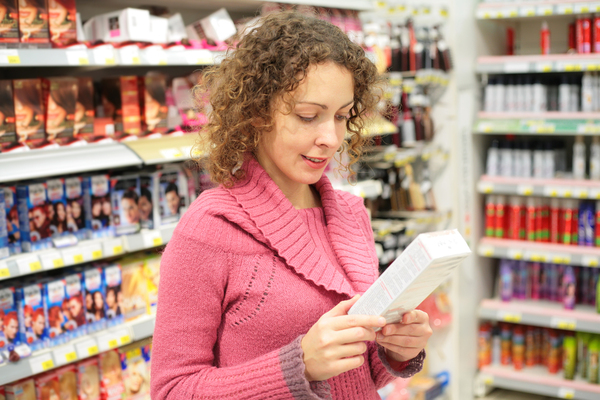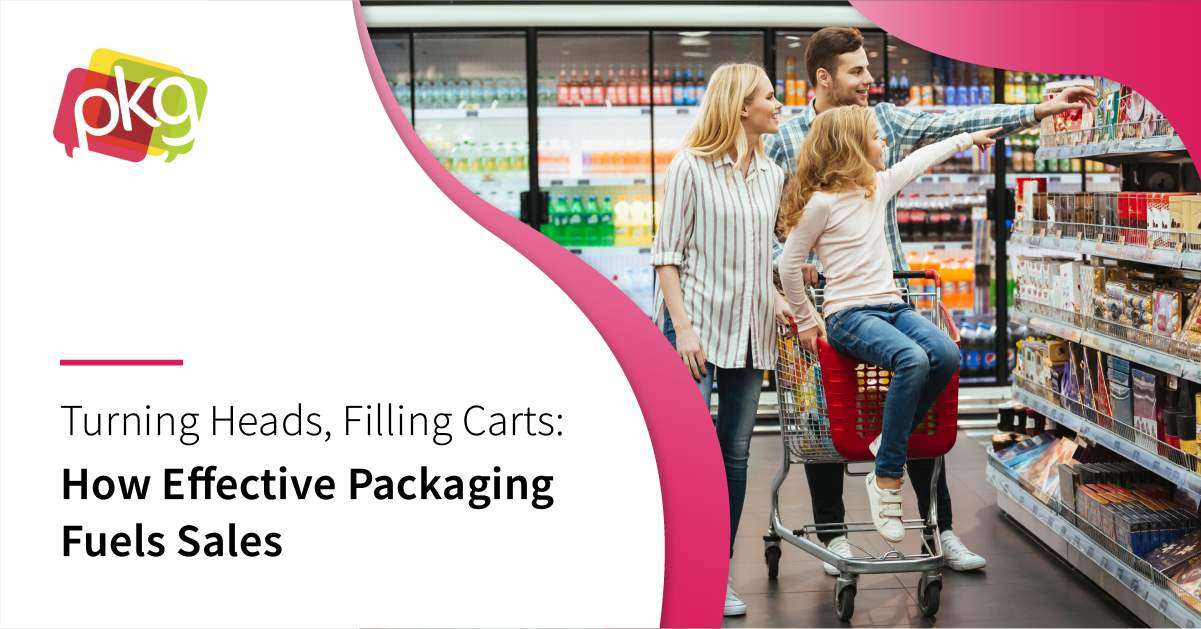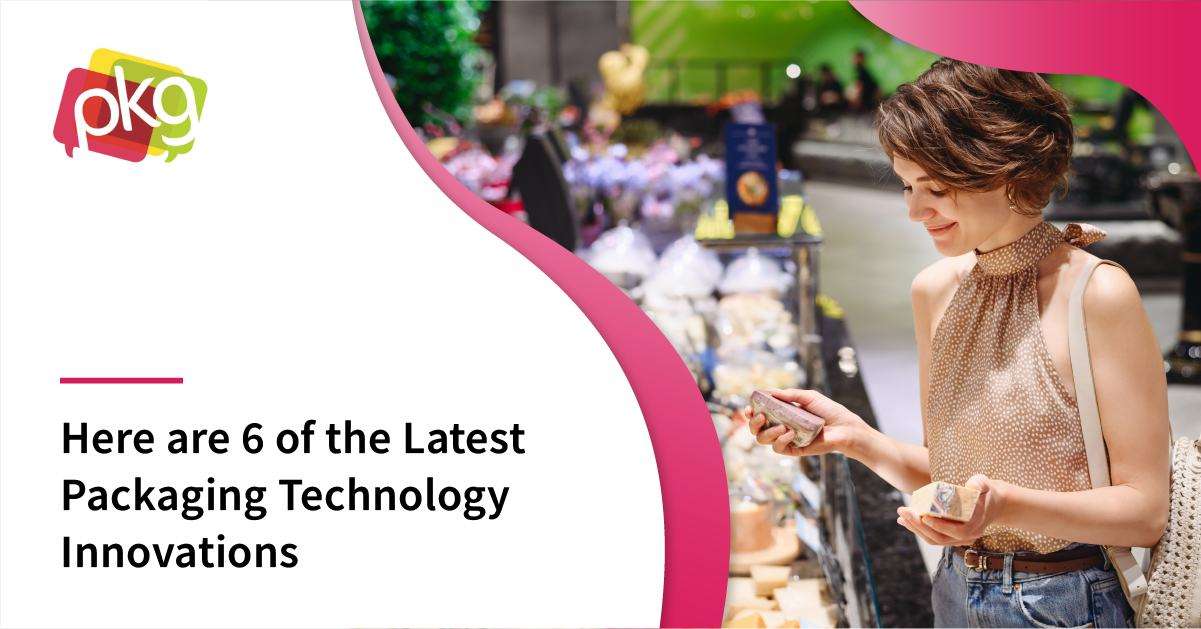
Consumers want a long list of things in products. When it comes to packaging, some of the priorities include functionality, convenience, and sustainability. Meeting all three may seem like a difficult task, particularly when the package must protect the product inside from the rigors of the supply chain while still attracting consumers.
How can a brand get all of these qualities at the same time?
Packaging Design to Meet Consumer Demand
CPG packaging has grown more challenging. More than 80% of the consumers that buy your products want both the product and it’s packaging to be environmentally friendly. This change in demand has occurred gradually, along with the realization of the devastating environmental impact of functional, convenient, and often-throwaway packing designs. If the new tripod for CPG packaging is functionality, convenience, and sustainability, how can packaging design meet all three?
A functional package design protects the encased goods as it travels from the supply chain to the consumer. But CPG packaging should also not be so hermetically sealed that the consumer needs a pry bar and chainsaw to open it. At the same time, this functional packaging should seek to reduce the environmental impact of the leftover detritus after the consumer opens the product to consume it.
How can your CPG packaging create solutions that are functional, convenient, and sustainable? Consider these industry tenets:
- Functional—Dual-purpose CPG packaging, refillable products, and other innovations can make the design effective while meeting consumer demands. The packaging design should still provide consumer appeal, with simple, easy-to-read, functional labels.
- Convenient—Practicing minimalism whenever possible in packaging while also meeting consumer needs of convenient, easy-to-use products is an important goal. Packaging has to work to protect products, particularly if they are “grab and go.”
- Sustainable— Packaging materials should be made of recycled materials whenever feasible. Care should be taken to make these materials curbside-recycling ready. Clear glass, unwaxed paper, and aluminum are all good choices.

Some of the best examples of products exemplifying the connection between functionality, convenience, and sustainability were recently awarded an award from Good Housekeeping. They include:
- Mrs. Meyers Clean Day Daily Bar Soap. Not only is the product made from sustainable, plant-based materials, but it’s also packaged with no plastic, in a simple, easy-to-open bar format.
- Seventh Generation Dish Liquid features a dye-free formula and a completely recycled plastic package suitable to be tossed in a curbside recycle bin.
- Brandless has a self-mix cleaning product that starts with a recycled spray bottle. Consumers add water to create a spray cleaning solution for any surface. When you run low, just order a new cleaning pack, mix, and get back to your disinfecting.
The three tenets of today’s consumer-driven packaging design include creating products for functionality, convenience, and sustainability. Companies creating packages for all three will meet the increasing consumer need for more environmentally friendly products, while still providing the convenience that we’ve grown to expect from CPG companies.
PKG Brand Design is always on the forefront of new CPG branding and packaging initiatives; please subscribe to our blog for the latest package design industry news!







